Navigating Hoarding Disorder Together: Support Strategies for Families
At Bio-One of Sacramento, we’re acquainted with the journey that brought you here. We understand you’ve already been trying to solve this problem alone—and we’re proud of you. It’s tough. You’ve been struggling out of concern for the hoarder, for you, for your family, for the property… and the list can go on.
Hoarding is complicated and messy. But you already know that.
After 20+ years of hoarding cleanup, we’ve made some observations and learned some lessons we’d like to share with you—because we feel they might help you and the hoarder.
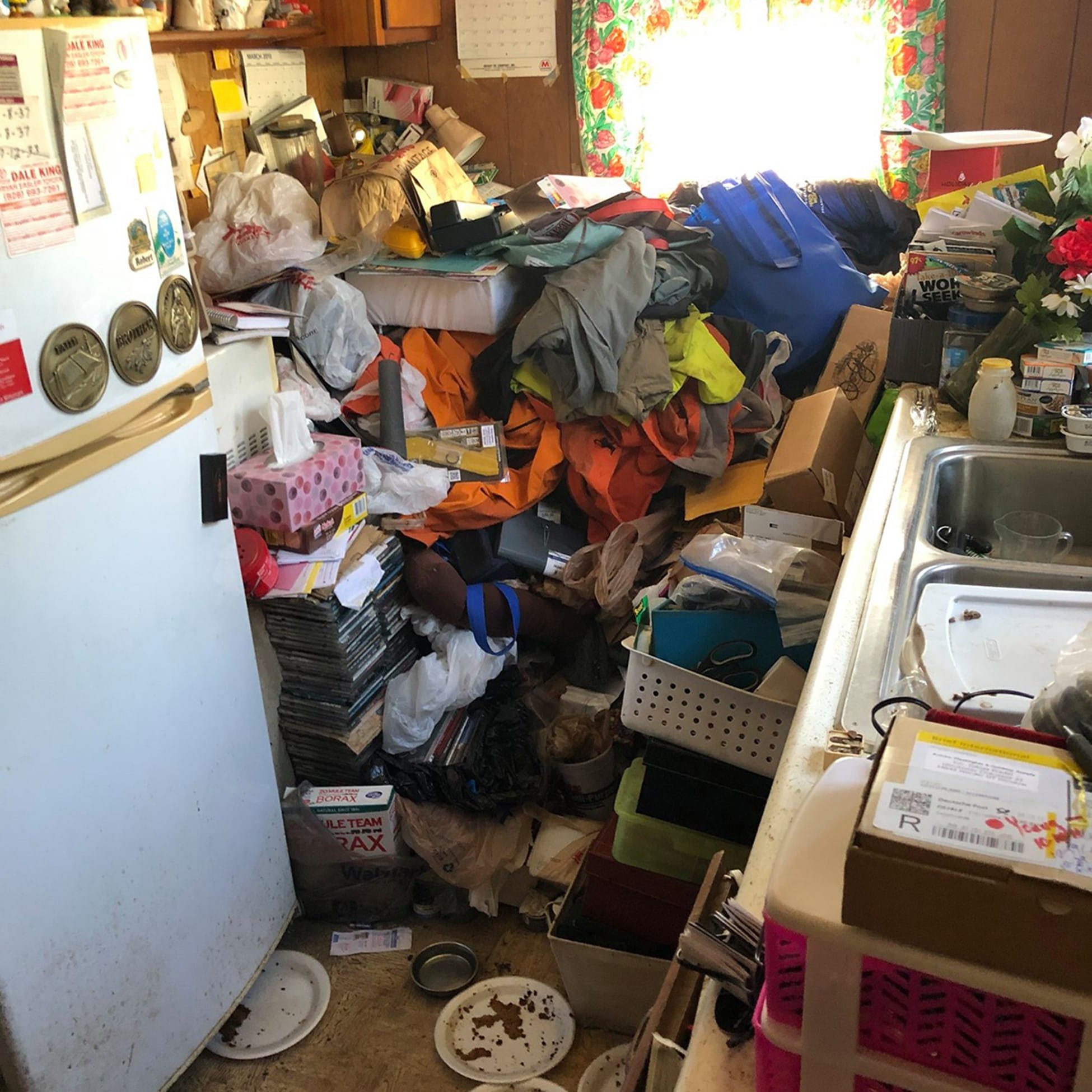
On the outside looking in, you see clutter, chaos, and conditions that are unhealthy and hazardous, such as:
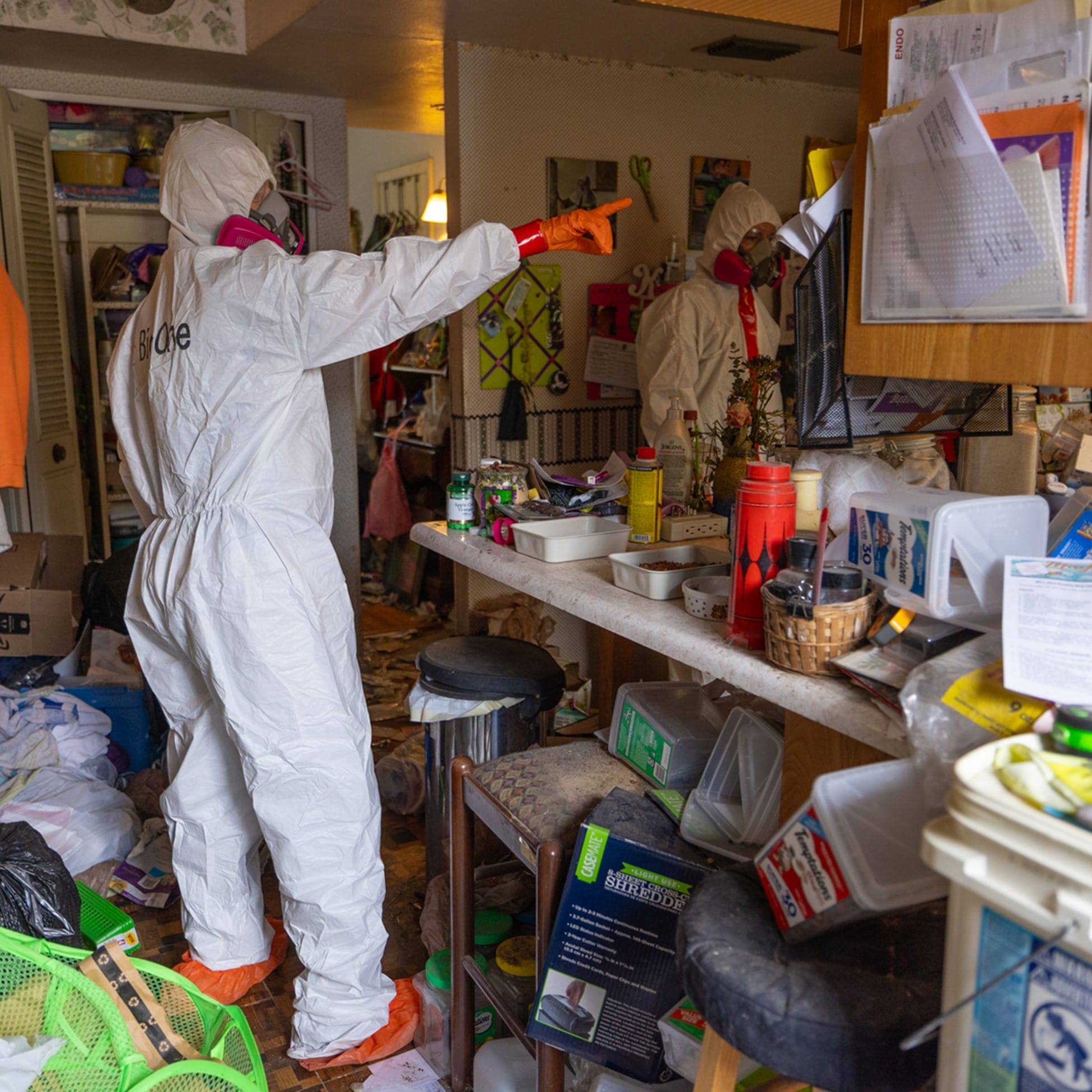
On the inside, however, you see a person—a family member—struggling and probably isn’t consciously choosing to live this way.
Hoarders hoard for various complex reasons, and the exact cause can vary from person to person. Hoarding is recognized as a mental health disorder known as "hoarding disorder."
It's essential to understand that hoarding is not just a matter of being messy or disorganized; it involves deeply ingrained thoughts, behaviors, and emotions.
Some of the primary reasons why hoarders hoard include:
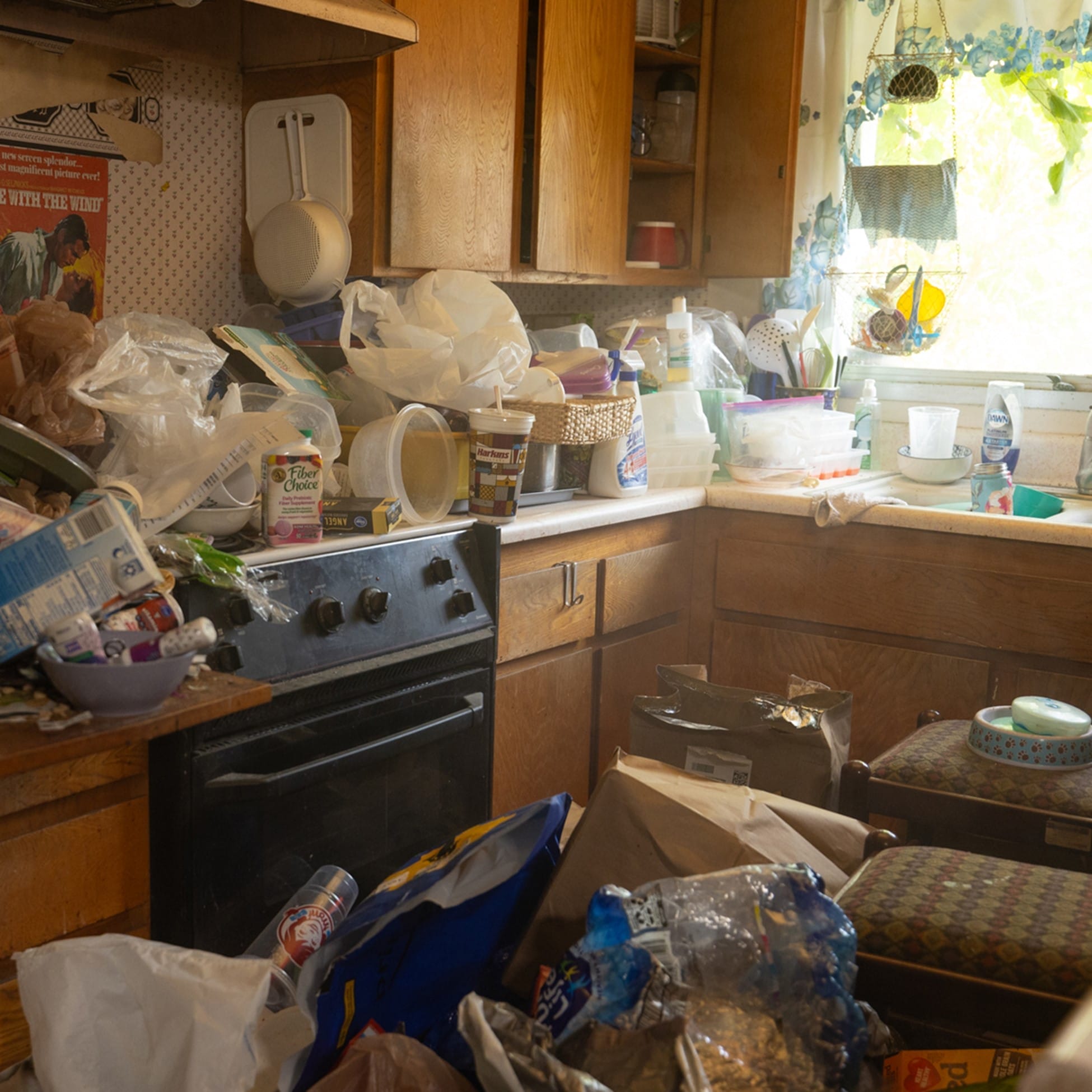
When dealing with hoarding behavior, every experience of trying to help can unfold uniquely, filled with challenges and lessons.
It is not uncommon for the initial attempt to be met with resistance. Hoarding is more than just a clutter issue; it manifests deep-seated emotional, psychological, and sometimes physical struggles. Recognizing this is a crucial first step before embarking on the journey of helping a hoarder.
The journey is rarely linear. There are often setbacks where progress might seem to reverse. Stressful events or emotional lows could trigger this.
Not great, right?
When dealing with a hoarder and cleaning up their belongings, you might experience a range of complex and intense emotions.
Here are some common feelings and emotions you may go through:
It's important to acknowledge that these emotions are normal when dealing with hoarding. Consider seeking therapy or support groups to help manage these feelings and learn effective strategies for assisting your loved one in addressing the hoarding disorder.
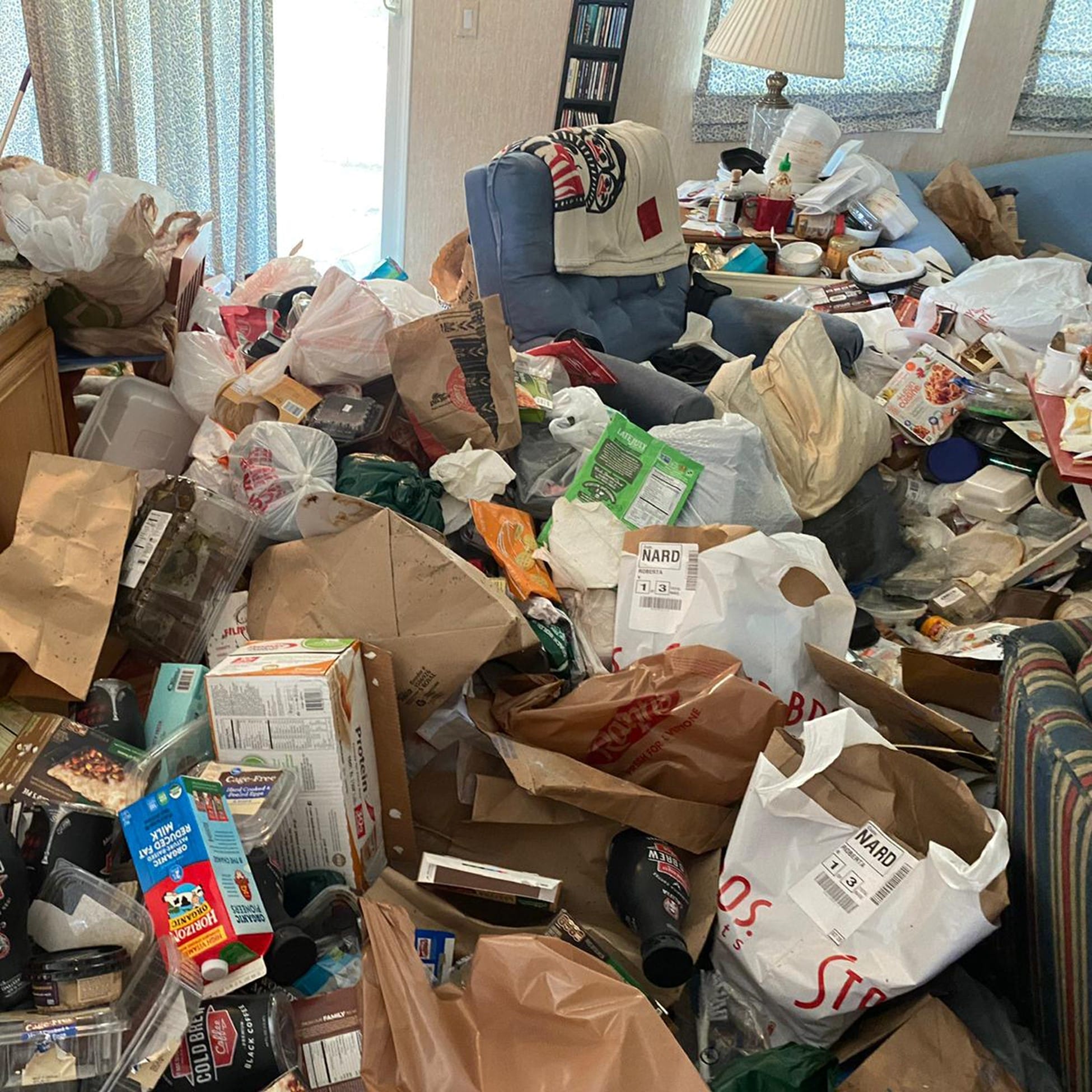
When you approached the hoarder about their hoarding, the hoarder may have experienced a wide range of emotions and reactions.
These can include:
Appraising a hoarder with empathy, understanding, and patience is essential. Hoarding disorder is a complex mental health condition, and hoarders often need professional intervention and support to address their underlying issues.
Consider involving therapists, counselors, or hoarding cleanup specialists to facilitate productive conversations and provide guidance on the path to recovery.
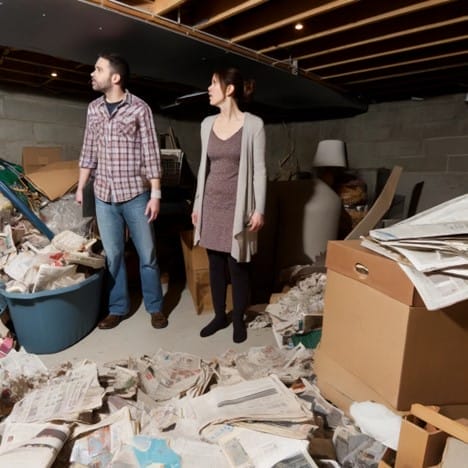
It's essential to understand how to provide support effectively. Hoarding Disorder often leads to a refusal of help, which can be frustrating for family members. To make a difference in your loved one's life, it's crucial to comprehend why they are reluctant to accept assistance.

There are no shortcuts or one-size-fits-all solutions to dealing with hoarding disorder. It's a complex issue with deep-rooted psychological factors and emotional complexities. However, as you've embarked on this journey as a concerned family member or a friend, you've already taken a significant step.
You've shown care, patience, and understanding, and that's commendable. Remember, you're not alone in this journey. There are resources, support groups, and professionals who specialize in hoarding disorder and its treatment.
At Bio-One, we've witnessed countless stories of transformation. We've seen homes go from chaos to cleanliness, and we've watched individuals recover from hoarding disorder.
The key is persistence and empathy. Understand that recovery may be slow, with ups and downs, but every small step counts. Seek professional guidance, involve therapists, and educate yourself about the condition. Your loved one needs your support more than ever.
Ultimately, remember that hoarding is not a reflection of failure but a manifestation of deeper struggles. By approaching it with compassion and determination, you can help your loved one find a path to healing and reclaim their life.
For immediate expert hoarding cleanup service, contact Bio-One of Sacramento today at (916) 833-2461. Your health and peace of mind are our top priorities. Let our professional local team help you restore your environment to a safe and clean condition.
Hoarding cleanup requires specialized training to handle the complexities safely and effectively, such as removing hazardous materials and navigating challenging environments.
Hoarding cleanup involves dealing with large volumes of items, potential hazards, and emotional challenges beyond regular cleaning.
Potential hazards include mold, pests, structural damage, sharp objects, and hazardous chemicals.
While family members may assist, professionals are better equipped with the tools and knowledge to handle hoarding situations safely.
The duration depends on the severity and size of the hoard, but professionals work efficiently to restore safety and cleanliness as quickly as possible.
Professionals aim to conduct the cleanup process respectfully and compassionately, working closely with the homeowner to make informed decisions.
Skilled teams follow strict protocols to safely identify, handle, and dispose of hazardous materials in compliance with regulations.
They often undergo specialized training in handling hazardous materials, biohazards, and cluttered environments to ensure safe and effective cleanup.
Legal issues regarding property rights and safety regulations can arise, so it's vital to consult professionals familiar with them.
A: Approach the situation empathetically and encourage them to seek professional help to assist with the cleanup and any underlying issues.
Losing a loved one is always hard. But when someone passes away alone, it brings extra challenges. Families must handle their grief and difficult decisions about what comes next.
An unattended death—when someone dies without anyone around—can go unnoticed for days or even weeks. This guide will help you understand the risks, the cleanup process, and the emotional steps after such a loss.
Why Unattended Deaths Are So Difficult
When someone passes away alone, several things can happen:

The Hidden Dangers of Unattended Death
When a body decomposes, it releases fluids, bacteria, and gases that can spread disease and damage property. Here’s what families should know:
These risks make professional cleanup a must.
Why You Should Never Attempt Cleanup Yourself
Many people think they can clean up an unattended death themselves. But this is not only dangerous—it can make the situation worse.

The Role of Bio-One’s Professional Cleanup Services
Hiring a professional Bio-One team helps protect your health, your home, and your well-being. Here’s what they do:
What to Do Immediately After Discovering an Unattended Death
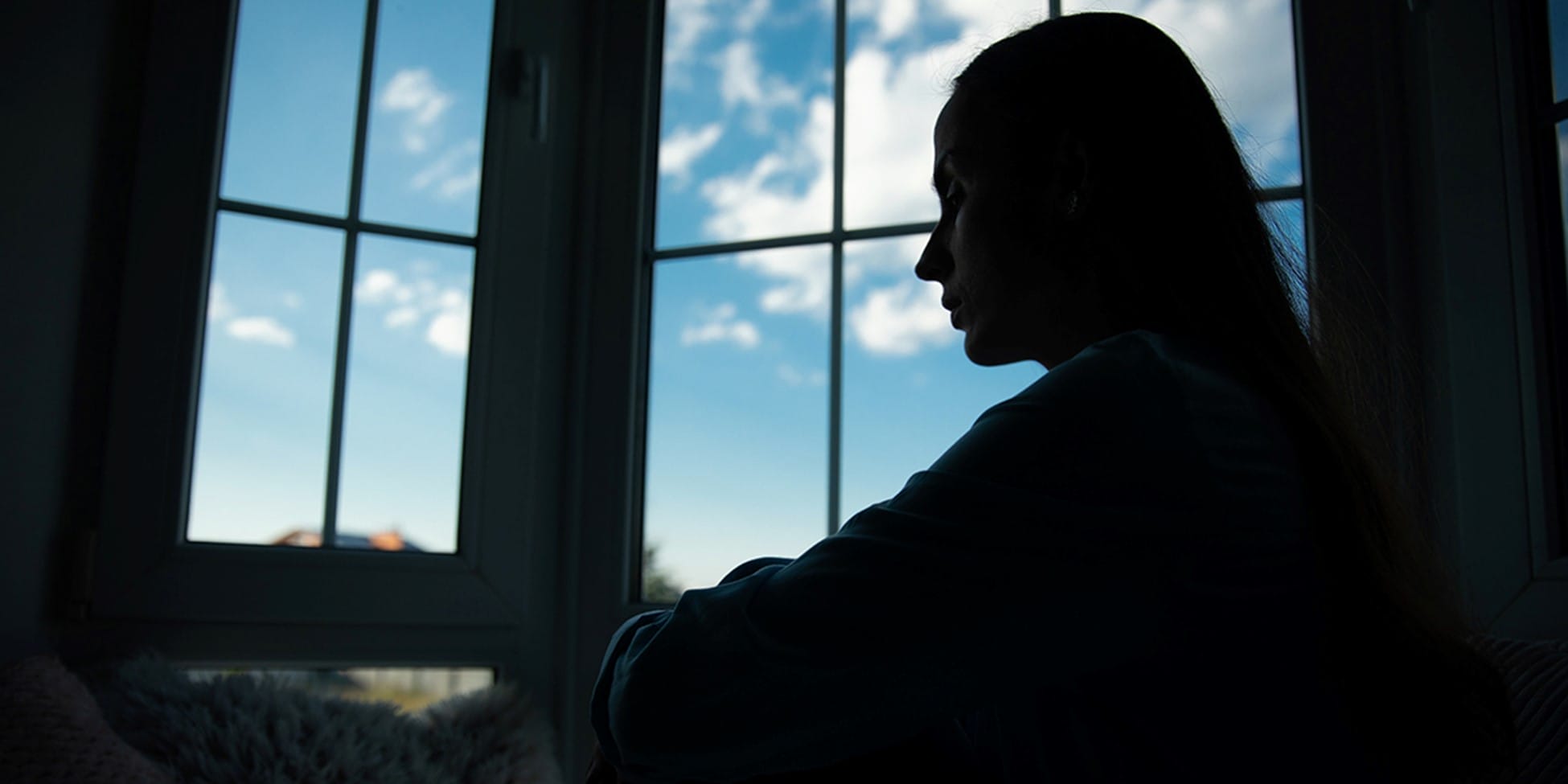
Coping with Grief After an Unattended Death
Grief after an unattended death is different. You may feel shock, guilt, or regret. Healing takes time, but these steps can help:
An unattended death can be devastating, but families don’t have to face it alone. Bio-One can restore the space, while grief counselors and support groups can help with emotional healing.
With time, care, and the proper support, families can begin to heal and move forward while honoring their loved one’s memory.
FAQ
What is an unattended death?
An unattended death is when someone dies without anyone around—it can go unnoticed for days or even weeks.
Why is professional cleanup necessary after an unattended death?
Professional cleanup is essential due to the health risks posed by biohazards, such as bodily fluids and decomposition, which can carry harmful pathogens and contaminate the environment.
What are the health risks associated with an unattended death?
Health risks include exposure to bacteria, bodily fluids, gases, and airborne pathogens, which can lead to infections and other serious health issues if improperly handled.
What property damage can result from an unattended death?
Property damage may include stains and corrosion from bodily fluids, mold, mildew growth, structural damage to floors and walls, and contamination of personal belongings.
Can families attempt to clean up after an unattended death themselves?
It is strongly discouraged. Decomposing bodies poses biohazard risks, and improper cleanup can lead to further contamination and health issues. Certified professionals use their training to handle such situations safely and legally.
How do professional cleanup services handle the biohazards after an unattended death?
Cleanup services use specialized equipment, EPA-approved disinfectants, and personal protective equipment (PPE) to safely remove biohazardous materials and sanitize the affected area.
What steps should families take immediately after discovering an unattended death?
Families should contact local authorities, avoid attempting to clean the area themselves and seek assistance from professional biohazard cleanup services.
How can families cope with the emotional trauma of an unattended death?
Families can seek grief counseling, join support groups, and memorialize their loved one through tributes and ceremonies to help process the loss and begin healing.
How does the cleanup process help families move forward?
By handling the physical cleanup, professionals relieve families of the emotional burden of dealing with biohazards, allowing them to focus on emotional healing and recovery.
What additional support do professional cleanup services provide after an unattended death?
In addition to cleanup, many services offer assistance with insurance claims, provide grief counseling referrals, and help guide families through the emotional and practical challenges of the situation.

For immediate assistance with after-death cleanup, contact Bio-One of Sacramento 24/7 at (916) 833-2461 for discreet, compassionate services. Our local professional cleanup team is proficient and equipped to manage traumatic situations effectively.
In the wake of losing a loved one, the world seems to pause, wrapped in a haze of grief and disbelief.
During this challenging and emotional time, the myriad of tasks and arrangements that need to be handled can feel insurmountable, a mountainous journey that one is ill-prepared to embark upon.
Yet, amidst the sorrow and the pain, these tasks beckon for attention, demanding a semblance of normalcy in a world turned upside down.
While specific circumstances surrounding a death can vary widely — from expected passings after long illnesses to sudden losses that leave us reeling — the essence of what needs to be done in the aftermath shares common threads.
This guide's purpose is not to add to the burden of your loss but to offer a gentle roadmap through the maze of practicalities that follow a loved one’s departure. This checklist serves as a starting point, a foundational guide to navigating the initial steps post-loss.
In the following sections, we will delve deeper into each item on the checklist, providing insights, tips, and resources to assist you at every step. Whether arranging the funeral, handling the deceased’s estate, or simply knowing your rights and the support available, this guide aims to lighten your load and offer clarity amidst confusion.
Let’s embark on this journey together, with compassion and understanding, as we explore the critical first steps after the loss of a loved one.

In the immediate aftermath of a loved one’s passing, one of the first considerations may be their wishes regarding organ donation. Giving can save or enhance the lives of many individuals, making it a significant decision.
Here’s how to proceed:
Begin by looking for official documentation indicating the deceased’s organ donation wishes. This is often found on a driver’s license, where a small symbol signifies their consent to be an organ donor. Additionally, an advanced healthcare directive or living will might contain specific instructions regarding organ donation.
If you discover that your loved one is an organ donor, it’s crucial to inform first responders, nurses, or doctors immediately. The timing is critical for organ donation, and healthcare professionals need to know as soon as possible to preserve the organs’ viability.
Organ donation is handled with the utmost respect and care for the donor and their family. It’s helpful to familiarize yourself with the process, including additional consent forms, discussions about which organs or tissues can be donated, and the steps involved in the donation procedure.
While it’s a profoundly personal decision, understanding the impact of organ donation can offer some comfort during this difficult time. Each organ donor can save up to eight lives, while tissue donations can significantly improve the lives of up to 75 people.
Making decisions about organ donation during a time of grief can be overwhelming. Don’t hesitate to seek support from hospital staff, organ donation organizations, or a trusted advisor who can provide information and guidance.
Ultimately, the decision to donate organs should align with the wishes of the deceased. If they had not expressed a decision about organ donation, the responsibility falls to the next of kin to make the decision, keeping in mind what they believe their loved one would have wanted.

When a loved one passes away at home without medical supervision, it’s crucial to know the immediate steps to take. This not only ensures that their death is legally documented but also that you’re guided through the initial stages of managing their passing.
Here’s what to do:
If the death was unexpected, your first step should be to call emergency services (911 in the United States). They will dispatch the necessary personnel to your location.
Clearly explain the situation to the operator, stating that your loved one has passed away at home and there was no medical supervision at the time of death. Provide any details about the deceased’s medical history or circumstances leading to their death that might be relevant.
The operator may provide specific instructions for you to follow. This could include not moving the deceased’s body or attempting to resuscitate if it’s clear the individual has passed away.
In many cases, especially if the death was unexpected, the police and medical personnel will be dispatched to the scene. They are involved in ensuring no foul play and documenting the occurrence officially.
Depending on the jurisdiction and circumstances of the death, a medical examiner or coroner may need to examine the body. If this is necessary, emergency services or the police will coordinate it.
The authorities on the scene will help guide you through the initial documentation needed. This might include a legal pronouncement of death, which is essential for funeral arrangements and the execution of the deceased’s will, and other legal matters.
Don’t hesitate to ask the responding authorities any questions you may have about the process. They can guide you through the immediate next steps, including who to contact next and how to handle the deceased’s body respectfully.
It’s understandably a highly emotional time, but try to remain calm and respectful as the authorities do their job. They are there to help you through this challenging moment and ensure everything is handled correctly and with dignity.

In the immediate aftermath of a loved one’s passing, ensuring the well-being of any dependents — whether children, elderly family members, or pets — is paramount. This adjustment period is critical, and managing their immediate needs with compassion and efficiency can help alleviate the stress during this challenging time.
Here’s how to approach it:
Finding a safe and comforting environment is essential if children are affected by the loss. Reach out to a close family member, friend, or caregiver whom the children know and trust. This person should be capable of providing care for at least 24–48 hours, allowing you time to manage immediate arrangements without added worry.
Depending on the children’s age, explain what has happened in a manner that is sensitive and appropriate for their understanding. Assure that they are being taken care of and that you will be there for them.
Consider these when making arrangements if the deceased had expressed specific wishes regarding who should care for their dependents or if unique family dynamics are at play. It’s important to honor these wishes as much as possible, provided they align with the best interest of the dependents.
Pets also feel the loss and may become anxious or stressed during this time. Arrange for them to stay with a friend, family member, or a pet care service that can give them the attention and care they need. Ensure the caregiver is informed about the pet’s routines, dietary needs, and medical conditions.
Ensure the temporary caregiver has all necessary information for children or pets, including emergency contact numbers, medical records, dietary restrictions, and favorite toys or comfort items. This helps maintain a sense of normalcy and comfort.
Ensure the children and the caregiver can reach you if needed. Open communication is critical to ensuring the dependents feel supported and cared for, even in your absence.
Use this time to start thinking about any long-term arrangements that might need to be made for the dependents’ care and well-being, especially in light of the family’s loss.

The task of informing others about the passing of a loved one is both delicate and necessary. It’s a step that invites support and shared grief but can also be emotionally taxing. Prioritizing who to contact immediately and who can wait is crucial in managing this task without becoming overwhelmed.
Here’s how to approach it:
Begin by contacting those closest to the deceased — spouses, children, siblings, and best friends. These individuals should hear the news from you directly rather than through social media or other indirect means.
For those in the closest circle, phone calls are the most personal and respectful way to convey the news. They allow for an immediate, compassionate exchange and offer an opportunity for mutual support.
If you find the task too overwhelming to manage, it is okay to ask a trusted family member or friend to help notify others. Choose someone close to the deceased who can handle the task with sensitivity.
After informing the immediate circle, list other friends, distant family members, colleagues, and acquaintances to contact. Organizing this list by priority or relation can help streamline the process.
Consider using email, text messages, or social media for the broader circle, especially if you need to notify a large group. A carefully worded message that conveys the news with respect can be appropriate. Remember to ask for discretion in spreading the news until all close family and friends have been personally informed.
People process grief in various ways. Be prepared for a range of emotions from those you notify, from shock and denial to immediate grief. Offer support where you can, and understand if some need space to process the news.
If funeral or memorial service details are available and you feel appropriate, you can share this information with those you notify. Otherwise, let them know that details will follow once arrangements have been made.
Remember notifying others also reminds you of your loss. It’s emotionally draining, so take breaks as needed and lean on others for support during this process.
Securing a legal pronouncement of death is a necessary formal step in the process following a loved one’s passing. This official declaration is the first legal recognition of death and is essential for many subsequent tasks, from arranging the funeral to settling the estate.
Here’s how to navigate this process:
A medical professional is responsible for pronouncing death. If the death occurred in a hospital or hospice, the attending physician would make the pronouncement. In cases where death occurs at home without medical supervision, a qualified professional such as a coroner or medical examiner may need to be involved.
Contact the attending physician, the hospital, or your local medical examiner’s office to obtain a legal pronouncement depending on where and how the death occurred.
Primarily, suppose the death occurred outside of a medical facility. In that case, the body might need to be examined by the medical examiner or coroner to determine the cause of death before a pronouncement can be made.
Once a death has been legally pronounced, you can request official death certificates from the hospital, physician, or your local vital records office or health department. These documents are crucial for many next steps in managing your loved one’s affairs.
Many institutions require an original death certificate to process changes after death (e.g., banks, insurance companies, and government agencies). Estimate how many copies you need and request them upfront to avoid delays. It’s not uncommon to need 10 or more copies.
The process for obtaining a legal pronouncement of death can vary significantly by location, especially regarding who is authorized to make the pronouncement and issue death certificates. Familiarize yourself with local laws and procedures to ensure compliance.
There may be a fee for each copy of the death certificate. While the initial cost might seem minor, it can add up if you require many copies. Plan for this expense in your budget.
Transparent and respectful communication can help streamline interactions with medical or government officials. Remember, these professionals are accustomed to assisting individuals in your situation and can often provide additional guidance.
In the immediate aftermath of losing a loved one, having a support system in place is crucial for both emotional and practical support. Grieving is a deeply personal process, yet it’s important to remember you don’t have to navigate this difficult time alone.
Here’s how to establish and utilize a support system effectively:
Identify family members and friends who can offer you emotional and practical support. Think about those who have been there for you in past times of need and who you feel comfortable relying on now.
Be open with your support network about what you’re going through and how they can help. Let them know whether you need someone to listen, help with funeral arrangements, or manage daily tasks like cooking or childcare.
Many tasks must be completed after a loved one’s death, from funeral arrangements to notifying banks. Divide these tasks among your support network based on each person’s strengths and availability. This approach helps manage the workload and allows everyone to contribute meaningfully.
Grief counselors, therapists, and support groups specialize in helping people navigate the complexities of grief. Don’t hesitate to reach out to these professionals for support. They can offer coping strategies, a compassionate ear, and a safe space to express your feelings.
Many communities have resources for grieving people, including support groups, workshops, and seminars. These resources can provide additional support and connections with others experiencing similar losses.
Sometimes, help comes from unexpected places. If someone offers assistance, consider accepting it. Whether a neighbor offering a meal or a colleague willing to handle some of your responsibilities, these gestures can provide significant relief.
Remember that taking care of yourself is not selfish. Grief can be physically and emotionally exhausting, so eating well, getting enough rest, and engaging in activities that nurture your well-being is crucial.
In moments of deep grief, it might be tempting to isolate yourself. However, staying connected with others, even in small ways, can provide a lifeline during this time. Regular check-ins with friends, family, or a support group can make a difference.
It’s essential to acknowledge the road you’ve embarked upon following the loss of a loved one. The journey through grief is deeply personal, marked by moments of profound sadness, reflection, and, eventually, healing. While the steps outlined in this guide aim to navigate the practical aspects of this journey, remember that the emotional and spiritual journey is equally important.
You may find moments of peace, healing, and hope as you continue your journey. Your loved one’s memory will always be a part of you, shaping your journey in ways seen and unseen. Embrace the journey ahead, with its myriad of emotions, as a testament to the love you shared and the resilience within you.
For immediate assistance with after-death cleanup, contact Bio-One of Sacramento 24/7 at (916) 833-2461 for discreet, compassionate services. Our local professional cleanup team is proficient and equipped to manage traumatic situations effectively.
Resources For Those Left Behind After a Suicide Click here for suicide prevention and postvention resources.

There is no timetable on grief, so it’s impossible to say how long it will take for your life to begin to feel normal again.
There may be times when it feels like nothing will ever be right again, but try to remind yourself that this feeling is not forever. You will recover, it just takes time.
It’s hard to be patient with recovery, especially as life keeps moving on around you and pressuring you to continue as normal, but you deserve the time to heal and adjust from this traumatic loss, so allow yourself the time and space to do so.
There are, however, some things you can do to aid in your recovery process and ensure you are on the best possible path toward healing:

It may feel as though there’s nothing a therapist could tell you that you don’t already know, but therapists do a lot more than just talk. A good therapist can:
Professional help won’t cure your grief, but it can help you feel like you have more control over where the grief is taking you.
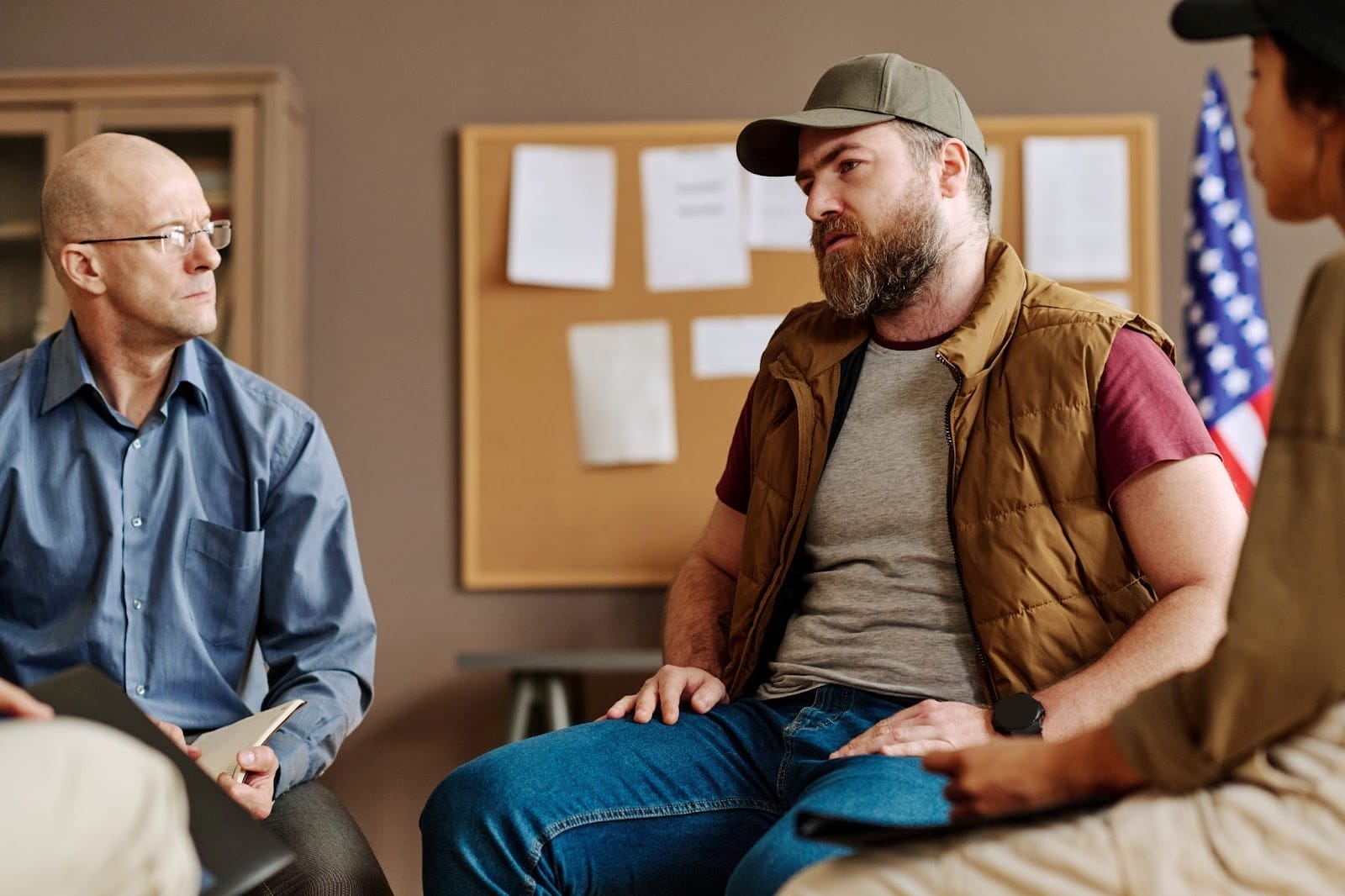
Because suicide is unfortunately so common, there are many survivors who are going through something very similar to you.
Finding a support group will help you to connect with them. Like therapy, this can give you a forum to work through complicated feelings—but more importantly it can help you feel less alone in what you’re going through.

Support groups are excellent, but it is also a good idea to form a tighter circle of support with those who are grieving the same person you are.
With this group you can share more specific feelings about the situation, as well as find positive ways to honor your loved one together.
Eventually you may find yourself laughing together over happy memories of the person, which is a huge and important step on the road to recovery.
Some people are able to find a greater sense of peace and understanding through personal faith practices.

Whether it’s organized religion or general spiritual practices, finding spiritual meaning in life and death can be hugely beneficial.
However, be aware that some religious belief systems condemn suicide as a sin.
Carefully consider whether these beliefs will aid in your recovery or if another faith would prove more forgiving and uplifting.
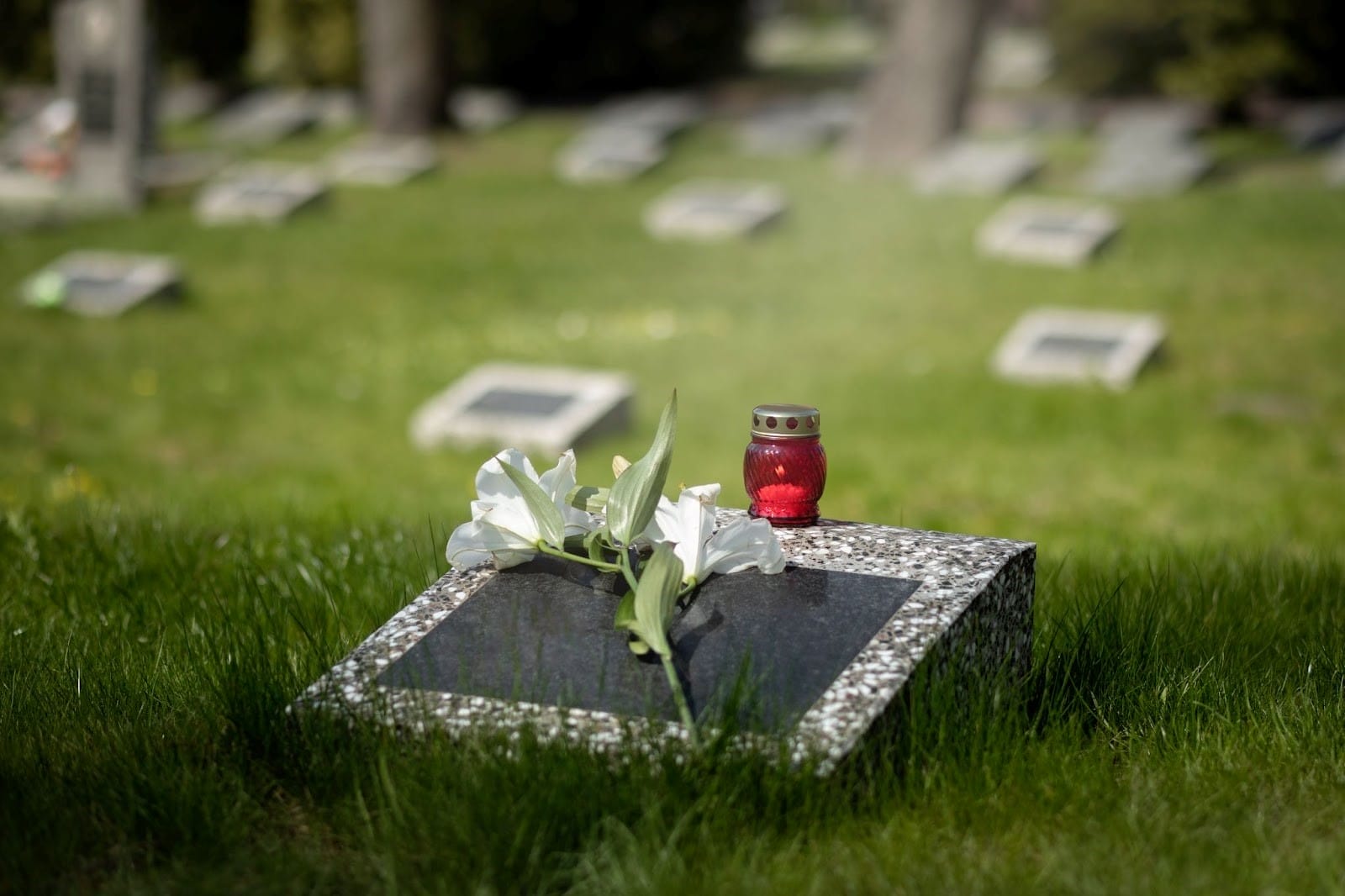
As time goes on, you may find that birthdays, anniversaries, and holidays are especially difficult. During these times, it can be helpful for you and other loved ones to find special ways to honor the person you lost.
These can be small acts, like sharing stories on holidays, or larger things, like celebrating their birthday. Mark the occasion with whatever feels right.
Beginning new traditions is a good way to keep your loved one close to you even as your lives begin to move forward without them.
Above all, community and connection are what will be most helpful in getting you through this time.

Resist the urge to disconnect from others. Do what you can to reach out. Be sure to accept the help of those who are reaching out to you.
There are a lot of other people going through the same tragedy as you, and you can support one another through this difficult journey.
There are also likely people who care about you that aren’t connected to the tragedy who you can lean on.
Even if you aren’t looking for someone to console you, sometimes finding distractions from the pain can be helpful in allowing yourself the space to heal.
In the wake of a suicide, there is often an increase in suicidal thoughts and impulses in loved ones as well. Often, these thoughts are a result of your brain trying to cope with the loss. It can become a genuine risk—particularly among families and friend groups with high rates of mental illness.
To kep everyone safe, have a close community of survivors and encourage everyone to be open with their feelings, especially about suicidal thoughts.
The more your community unites to support and protect each other, the better the chance of preventing this tragedy from happening again.

Your grief may have you feeling a little stuck in time right now—unable to move forward in any meaningful way. As time passes this will begin to ease and you will find yourself beginning to move on.
When the forward motion starts again, it is an instinct for some to try to hang onto their grief out of a sense of duty to the person they lost, or fear that letting go will mean forgetting.
The idea of truly moving on can be scary. If you’re struggling with the transition, volunteering your time to a cause dedicated to preventing suicide and supporting survivors like you can help to ease some of the guilt and fear.
Working to do some good in the name of your lost loved one serves as an excellent bridge to carrying on with your life while still keeping their memory with you.

There may still be bumpy roads ahead. Grief is complicated and can come in spurts and waves, but as you start feeling a little more whole give yourself permission to begin living again.
Little by little, life and joy will return to you, and though the ache may not ever fully go away, things will get better.
Suicide leaves deep wounds in families and communities. The scars will always be there. However, with time and support, you will be able to reclaim happiness for yourself and begin living again.

There is no right answer for how you should be feeling following the suicide of someone close to you.
Grief is complex, and it’s rare that any two people will experience it in the same way.
Just know that whatever you’re feeling is okay.
Some of the most common emotions people report feeling when coping with a loved one’s suicide include:

Especially in the early aftermath, it’s common for people to feel numb, disconnected, and distracted. This shock may last for a long time. You may feel a sense of detachment from reality until you are better able to process what happened.
Depression following a traumatic loss can be almost identical to the symptoms of clinical depression. There may be a lack of energy and motivation, difficulty sleeping, loss of appetite, and overwhelming sadness.
This may ease with time, but in some cases it can mark the onset of an ongoing depressive disorder.

Our brains often try to find someone to blame to protect us from the impact of a loss.
You may be angry at yourself or another loved one for not noticing or acting sooner, or at whatever systems you believe failed the victim.
You may even feel angry at the deceased person for abandoning you or for upending your life with their decision.

If the suicide took place after a long and difficult struggle with mental or chronic physical illness, you may feel a sense of relief that it’s over—particularly if their illness put frequent strain on their relationships.
This is more common than you think, and a lot of people experience this, but you may begin to feel like you’re a uniquely bad person for feeling this way.
This can easily cycle into guilt.
You may begin to convince yourself that you secretly wanted the victim to be gone or feel selfish for your relief over not having to care for them or manage their difficult emotions anymore.
Human relationships are complicated, as is grief, so try to remember that you are not the first person to ever feel this way. Relief does not mean that you’re happy they’re gone, just that you wish something could have been different while they were still around.

Loss can often feel senseless, and so you may fall into a cycle of “if only” to find reason for what happened. Guilt can also result from any other emotion you may find yourself feeling...
Guilt is complex and is perhaps the most common feeling for close loved ones of a suicide victim to experience.

You may experience one of these feelings overwhelmingly throughout your grieving process, or perhaps all of them in some capacity at different times. You may also be feeling something entirely different from any of these.
However your grief is manifesting, there is no wrong way to feel at a time like this. More importantly, you are likely not the only one feeling this way.

People tend to mask when they are feeling something they believe to be inappropriate for the situation, but if you are feeling confusion, guilt, and anger at this tragedy, it’s likely another loved one is struggling with the same feelings.
It may be helpful to talk to others who are experiencing this loss with you. Some may need more space to process their feelings on their own, but others can benefit greatly from sharing their feelings with each other and holding space for whatever emotions are brought to the table.
Finding solidarity in the way that you are grieving can make the process feel a lot less lonely.

Survivors often end up torturing themselves trying to understand why their loved one chose to end their life. It’s very easy to get caught up in replaying the last interactions you had with a person before their suicide to dig out clues that might help make sense of it.
The truth of the matter is that suicide is complicated with no singular explanation for why it happens.
However, a framing that may help it to settle a little better in your mind is this: At the end of all things, your loved one died of an illness.
Most, if not all, victims of suicide were suffering from an acute mental illness. Mental illness causes the chemicals and neurotransmitters in the brain to malfunction in ways they are unable to control.

It was their illness that caused them to feel the compulsion to end their life.
A huge factor of mental illnesses like Depression, Bipolar Disorder, Schizophrenia, and others are that they fundamentally distort a person’s perception.
In their book After Suicide Loss: Coping With Your Grief, Psychologists Bob Baugher and Jack Jordan explain:
“Medical research is also demonstrating that major psychiatric disorders involve changes in the functioning of the brain that can severely alter the thinking, mood, and behavior of someone suffering from the disorder…
The illness produces biological changes in the individual that create emotional and physical pain (depression, inability to take pleasure in things, hopelessness, etc.) which contribute to almost all suicides.”

Often people who suffer with suicidal ideation don’t actually want to die, they simply want the anguish or emptiness that their brain is inflicting on them to stop, and for some, death feels like the only way out.
It may feel like the only thing they can control in a situation that feels fully out of their control.
Mental illness is treatable just as any mental illness is treatable—but some people still succumb to their cancer even with treatment, while others recover and go on to live a full life.

Your loved one did not choose to become ill, and they would not have chosen to end their life had their illness not been pushing them to do so.
You do not need to wonder why their friends and family weren’t enough to keep them around, or why they would want to give up on whatever promising future they may have had. Illness does not have a sense of any of those things—and in the end, their illness is what ended their life.
Understanding this will not make the loss hurt any less, but it may help to reconcile some of the confusion so you can grieve a little more peacefully.

An unfortunate inevitability following a suicide is that you will probably have to tell a lot of people the news about what happened.
By this point you’ve likely already gone through the difficult process of informing immediate family members and friends.
However, it may also fall on you to inform the victim’s employer, teachers, or extended family who may have been out of the direct loop about why your loved one is no longer around. These can be emails if you are not feeling up to calling, and the messages can be direct and brief.

What may be more difficult to handle are conversations with members of your extended community.
In the aftermath of any premature death, people outside of the deceased person’s direct social circle will always want to know what happened. Obituaries often leave out the cause of death, so there will be a lot of questions.
Approach these discussions however you need to.
Many survivors find it helpful to just be straightforward with anyone who asks, but you are not obligated to be. Do not feel as though you are being difficult or unpleasant if you need to tell someone you don’t want to discuss it.

If they were not close to the victim, then all they truly need to know is that the person died.
People will be curious, but they are not owed your limited emotional energy.
Become comfortable with saying no.
If you are struggling with thoughts of suicide or self-harm, you are not alone.
The number of people who experience suicidal ideation in the U.S. every year numbers in the millions. You are not selfish or a bad person for feeling this way.
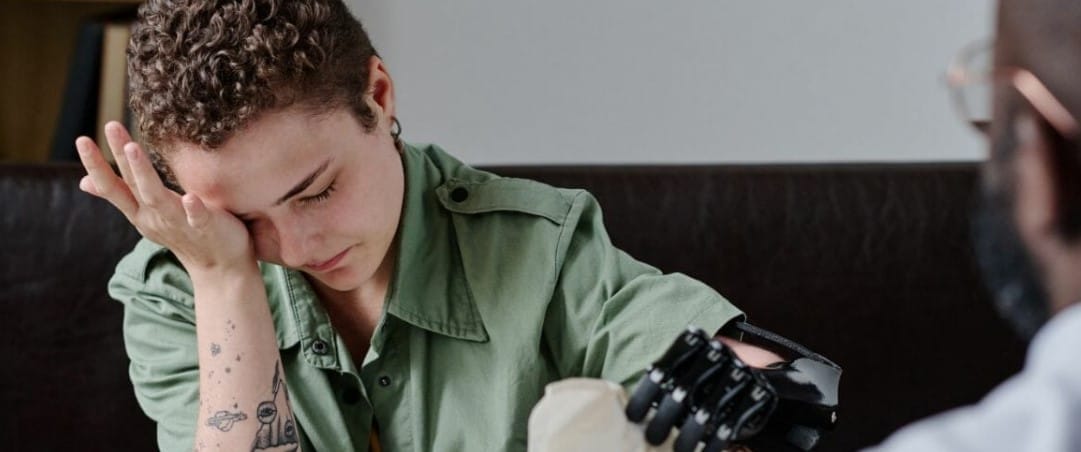
Be assured that most people who experience moments of intense suicidal feelings are able to recover and live fulfilling lives.
Hold that in mind and keep reading. Let’s take a moment to take stock of your situation:
If you have already tried to self-harm today or are feeling intense suicidal urges, call 911 immediately or have a friend or family member get you to mental health urgent care or an emergency room.

If you have not yet tried to harm yourself but are feeling strong suicidal thoughts or urges to self-harm, please contact a crisis counselor right away:
Fully recovering from your suicidal feelings will require long-term help, but your focus right now should be staying safe through your current suicidal episode.
If you have not yet reached crisis point, here are the steps you should follow to stay safe while you weather the current storm:

If you are experiencing persistent suicidal ideation of any sort, reach out to someone you trust as soon as possible and tell them how you are feeling. Even if you are not likely to hurt yourself right now, having somebody who knows what you are struggling with will make it easier to get help.
You may not feel like there’s much the other person can do, or you may not want to worry them. Try to remember that your perception of your own worth is distorted when you are suicidal.
You are not a burden. You are worthy of help. The first and most important step to keeping yourself safe is to reach out to a friend, family member, or medical professional who can provide you with that help.

Once you have somebody you trust, get their help to remove anything dangerous from your presence. Your trusted person can hold onto any knives, firearms, pills, chemicals, or anything else you could use to harm yourself until you feel safe again.
This is easiest if you have a cabinet or safe where you can lock everything up and turn over the key to your loved one. But any means of keeping these items out of your hands is better than nothing.

Giving yourself a sensory distraction of some sort can help to calm the immediate impulse to self harm. Listen to music, take a walk, lay on the floor (yes, that can be enough), or pet an animal.
If the urge is acute, sensations that are intense but not harmful such as placing ice cubes on your skin can help to keep it at bay. If you just need to divert your attention until the worst of the feelings pass, something mundane and harmless like a movie, game, or craft might help keep your mind occupied until you feel safer.

If you are currently safe but feel your situation may escalate toward self-harm, work on creating a plan in case you enter crisis mode and can’t think clearly.
Save.org has provided this excellent safety plan template where you can write down the steps to follow and people to contact if you start going into crisis. Share this plan with your loved ones, doctors, trusted religious leaders, or anyone else you think might be able to recognize when you are in distress and can take action.

Once the episode has passed and you are in an okay place, you should try to secure some help toward your long-term recovery. It is time to make an appointment with a doctor or mental health professional so they can help you work toward feeling better.
If you are severely depressed, you may be unable to motivate yourself to go through all the necessary steps of scheduling and attending an appointment. It is okay to ask for help with this. You are not a burden. Don’t hesitate to lean on someone in your life to set up your appointment for you, and even to help you get there if necessary.

If financial hardship or other barriers to your seeking mental health treatment are already one of the contributing factors to your suicidal thoughts, do not let these instructions discourage you.
No matter your situation, there are resources for you on both national and local levels. Here are some of the options that may be available to you:
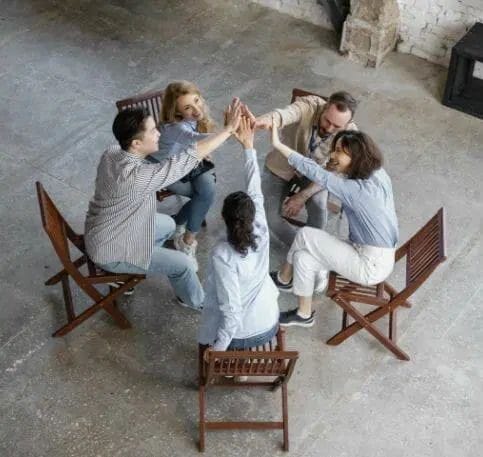
Most states have some level of community mental health services. These can usually be found through the Department of Human Services on your state’s website. Private non-profits can also offer free or sliding scale mental health treatment. A good place to start is your local YMCA or similar community center.

Many churches provide support resources for their congregations. Your church leaders may offer free individual counseling for those who need it. Some congregations may be willing to provide financial assistance to members who need help seeking treatment.
It is also very common for religious communities to sponsor support groups or group therapy. These are often open to the general public, so you do not need to be a member of the congregation or be religious to attend.

There are widely available resources online for people experiencing feelings like yours. Free crisis chat lines are obviously a good place to turn if you are in active distress.
For the process of recovery, many online therapy platforms offer reduced rates for those who are struggling financially. Online support groups can also provide a lot of connection and stability in times of need.
If you are a student, your university almost certainly has a resource center where students can receive mental health assistance. Whether they can provide you counseling on site or help you get in touch with affordable outside treatment, your school can be an incredibly helpful resource.

There are training clinics for every sort of medical practice, from family medicine to mental health, and they often operate at much more affordable rates than other clinics.
The training physicians there are in the final stages of earning their degrees and are overseen by more experienced attending physicians, so the standard of care provided will be exactly the same as anywhere else.
Most people don’t realize how often mental health clinics are willing to work with people who are financially insecure so they can still have access to the treatment they need. Especially if you have been struggling with thoughts of suicide, don’t hesitate to ask a nearby clinic if they can help you work something out.
Once your medical needs are taken care of and you are feeling a little more stable, you can begin to take other small steps to help in your recovery. Small things like reestablishing interest in your hobbies and improving your self-care habits can begin to make a huge difference in how you feel on a daily basis.

Larger steps involve things like finding a broader community of support among others with experiences similar to yours. These can help you progress in your recovery without shame—and provide plenty of support to fall back on in case things ever get difficult again.
Things may seem dire and hopeless right now, but they can and will get better. It is always okay to ask for help and to seek out a new support system if yours has failed you.
Once again, if you are in crisis, don’t hesitate to contact any of these resources:
No matter what you’re feeling right now, you will get through this with time and help. Life will begin to feel kinder and a lot more manageable.
Suicide is an incredibly complicated issue.
There are an overwhelming number of contributing factors, and it affects every demographic regardless of age, race, or social class. Factors affecting certain communities may, however, lead to higher suicidal ideation and behavior within those demographics.

In the United States, suicide is the third leading cause of death among people aged 15-24, and it is estimated to claim the lives of roughly 125 Americans every day. Risk factors are many and varied. They include, but are not limited to:
Statistics can be misleading on which demographics are most at risk of suicide. Among the highest-risk groups overall (teenagers and young adults), females are almost twice as likely to attempt suicide but males make up the majority of actual suicides.

This is due to a handful of different factors, most significantly social stigma preventing many males from seeking help when experiencing distress.
The likelihood of a teenager or young adult attempting suicide also rises significantly if that person is a member of the LGBTQ+ community, especially if they are lacking sufficient family or community support.

The risk can be greatly reduced if a person is surrounded by family or friends who are openly supportive and affirming of their sexuality or gender identity. Even more so if medical and community resources for helping them understand and affirm their identity are widely available.
Overall, in the U.S. there are around 45,000 suicides each year out of 1.1 million yearly suicide attempts. There are many organizations dedicated to keeping that number on a steady decline, including:

Overwhelmingly, the best means of early suicide prevention are:
These methods are not guaranteed, and there is still a very long way to go in managing this complex and serious public health issue, but education and awareness are an important first step.

No matter how overwhelming it may feel, intervention IS effective, and the more we continue to do so, the more lives will be saved. If you or a loved one are currently struggling with thoughts of self-harm, please stop right now and dial 988 on your phone, or text HOME to 741-741 to speak with a crisis counselor.

Suicide is currently an incredibly pressing issue in our world. In the United States, suicide is the third leading cause of death among people aged 15-24, and it is estimated to claim the lives of roughly 125 Americans every day.
With so many suffering in our country, and others suffering from mental illness and suicidal thoughts, it is important for all of us to know how to recognize when someone in our life is at risk of suicide.
However, it is not always readily apparent when someone is struggling with self-harm or planning to take their life. The signs can be subtle and easy to miss. We hope this guide can point out some things to look for so you can recognize when intervention is necessary.
Your awareness may save a life.

There is no singular cause of suicidal ideation or behavior. A variety of situations or life circumstances may be the catalyst for someone wanting to end their life. Risk factors include but are not limited to:

In most of these circumstances, severe mental illness is present—which can make the other issues all the more difficult to handle.
For someone who is suffering from one or more of these factors, it may feel like the only way out is to end their life. They may also feel their struggles make them a burden on others and that it would be better for everyone if they were gone.

There is no definitive way to determine who is most at risk. However, factors affecting certain communities may lead to higher suicidal ideation and behavior within those demographics.
No matter what, having access to support from family and community is a major factor in improving the odds of survival and recovery for a person struggling with suicidal ideation. This makes it crucial for as many people as possible to know how to recognize the signs and intervene.
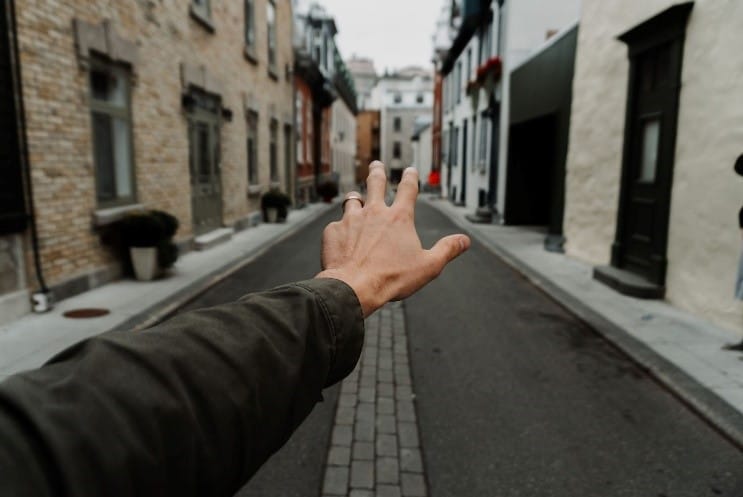
As previously mentioned, it is not always obvious when someone is struggling. A person who is feeling suicidal may not be very forthcoming, especially in communities where mental illness and suicide are not often discussed in a supportive manner.
Even so, there are some common signs to watch for that may indicate a loved one is in need of support or intervention.
Major warning signs someone may attempt suicide include:
These signs may or may not indicate an imminent suicide attempt, but they should be taken very seriously. Action should be taken as quickly as possible to provide individuals with these indicators of support and to help them find professional help to improve their situation and outlook.
There are likewise a few signs to watch for that may indicate the person is in immediate danger, including:

Any of these three signs should prompt you to immediately reach out to a mental health professional or to call or text the 988 Suicide & Crisis Lifeline for instructions on how you should respond.
If you become aware that the person is in crisis and immediately at risk of harming themselves, call 911 or bring them to an emergency room right away.
Don’t second guess your concern if you see these signs. No reaction is an overreaction when it comes to keeping your loved one safe.
Overwhelmingly, the best means of early suicide prevention are:

If your loved one has reached out to you for help, or if you have noticed any of the warning signs and the situation is not yet an emergency, the next steps are to begin intervention.
Talk to your loved one. If they have not yet confided in you, ask if they have been thinking about suicide, and listen without judgment as they talk about how they are feeling.
After establishing the need for help, involve other trusted members of the person’s family or community to create a support network for them as they navigate this difficult time.
Ultimately, anyone who is struggling with suicidal thoughts or behavior should receive help from a mental health professional.

Their current state of depression or hopelessness may not allow them to seek this help on their own. As part of your intervention, you may need to help them make an appointment with a professional and follow up. This help can ensure they are able to properly begin their road to recovery.
For more information on effective intervention and prevention, you can refer to our guide to effective suicide prevention here.
Every year in the United States alone, around 45,000 people die by suicide. This number represents an epidemic marked by an unprecedented rise in the number of suicide deaths in the U.S. since the early 2010s.

Suicide is an incredibly complicated issue. There are an overwhelming number of contributing factors, and it affects every demographic regardless of age, race, or social class. The prevalence and universal nature of suicide merit far more discussion nationwide. Unfortunately, because it is such an unpleasant and difficult issue, it remains a taboo topic in many communities.
In the face of such overwhelming statistics, it may seem impossible to make a difference. However, through awareness and effort, individuals and communities can work together to exponentially reduce suicide.
Effective suicide prevention happens at many different levels, ranging from individual to systemic, but direct prevention begins at the individual level.
This post will take you through effective steps you can take if you or a loved one are at risk of suicide or self-harm.

Suicide intervention on an individual level most often comes from the friends or family of someone struggling with suicidal feelings. However, it’s important to note that it can also come from the person struggling as well.
Not every individual experiencing suicidal thoughts or behavior will have the ability or the desire to intervene on their own behalf. But, if you are having thoughts of harming yourself, you don’t need to feel helpless in your own intervention.
Your life and your agency matter. If you feel capable of reaching out, you can start the ball rolling on your recovery and maintain some control over how and from whom you receive help.

Here are some steps for effective suicide prevention for yourself:
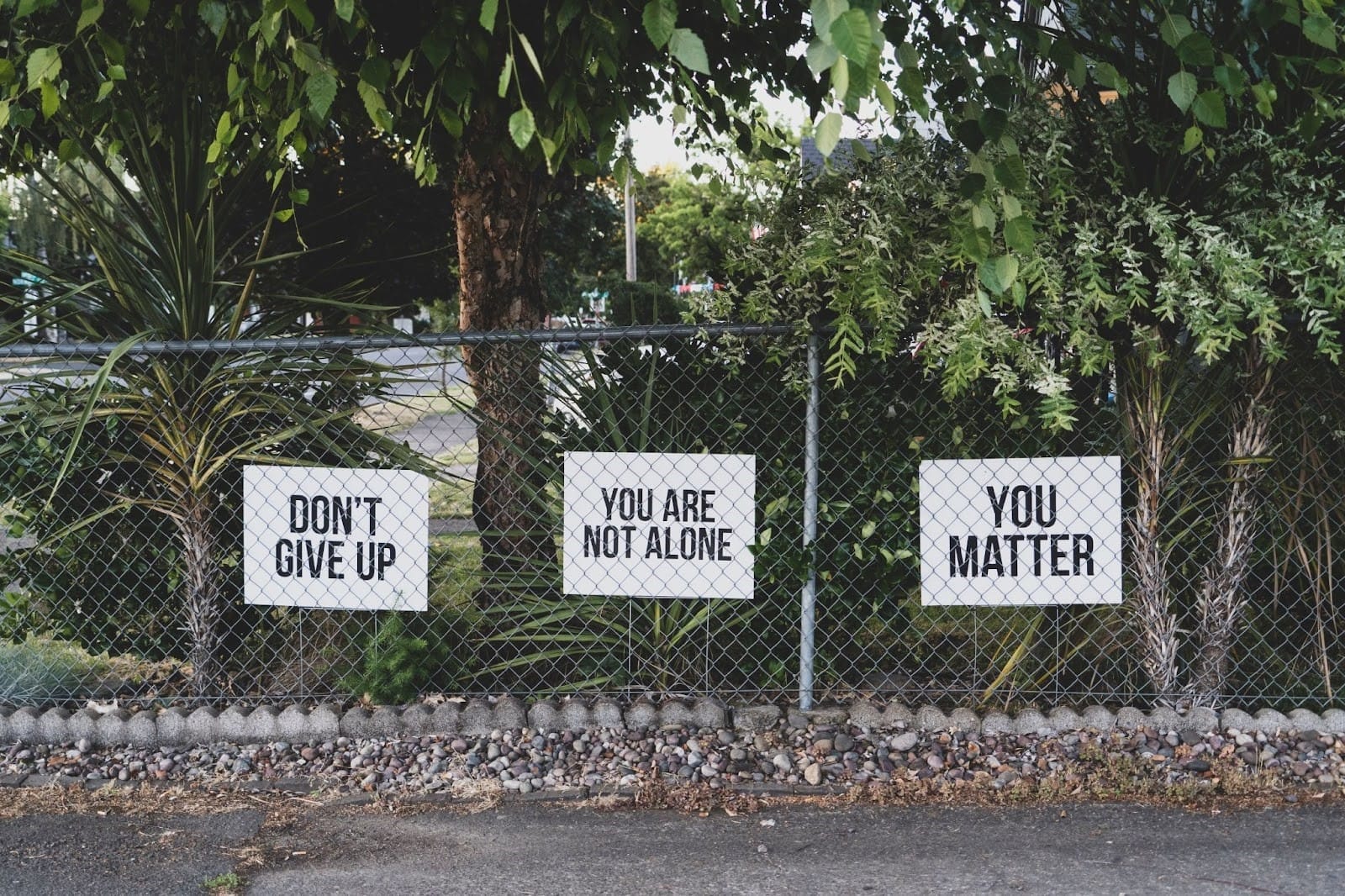

The Suicide Prevention Resource Center has provided this excellent safety plan template where you can write down a plan for if you enter crisis mode and are unable to think clearly. Share this plan with someone you trust who can recognize when you are in crisis and take action.
If you are in crisis and need help immediately, call 911 or have a friend or family member get you to mental health urgent care or an emergency room.
A suicidal person may not be capable of reaching out for help on their own. In those cases, it can fall to a friend or relative to notice the signs and intervene.
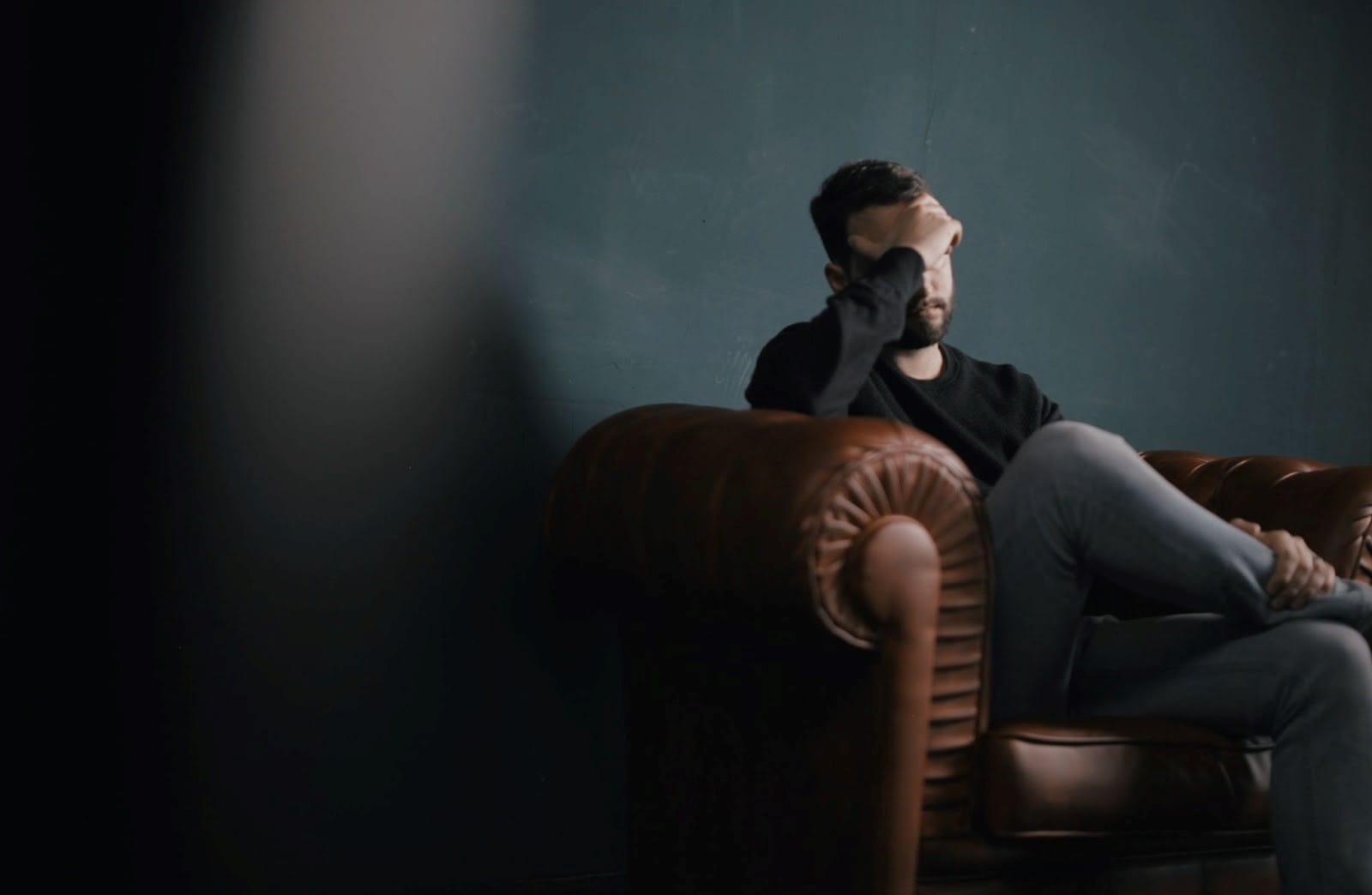
Here are some steps for effective suicide prevention for a loved one:

This is not the time for tough love. Do not try to convince the person that their problems aren’t that bad or that they are selfish for wanting to take their life. They need to know you are not disappointed in them for feeling this way and that you are taking their struggle seriously.

Your loved one may be too depressed or paralyzed to take action toward healing on their own, so they may need your help to take steps for long-term prevention as well. If so, it is crucial that you follow through on finding reliable help for them from your community or a professional.
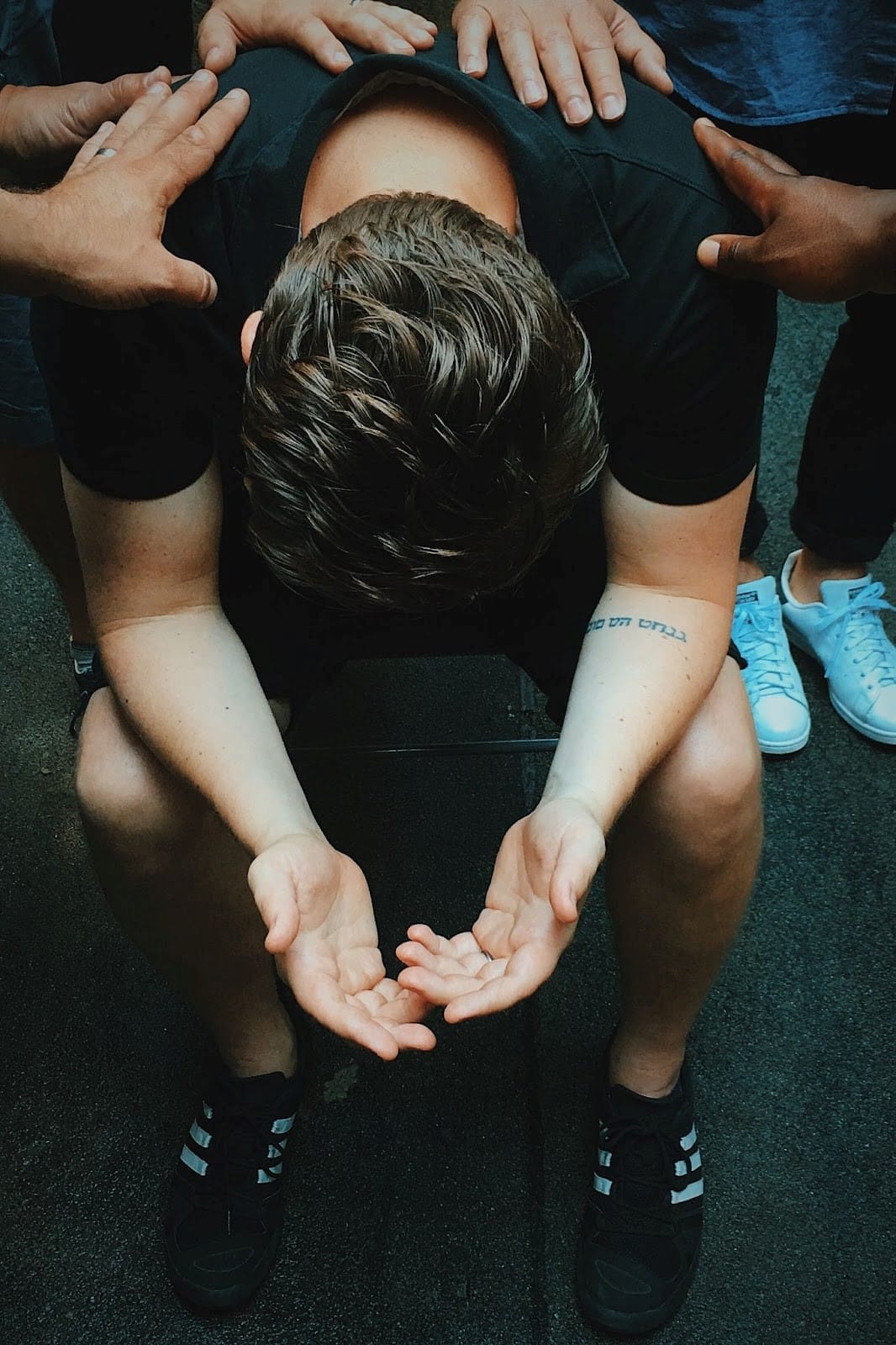
Whether it’s yourself or a loved one, a suicidal crisis can be a scary thing to navigate. That’s why we at Bio-One hope this guide will help you know how to intervene to keep yourself or the people you love safe.
Part of our mission is to provide community resources. That’s why we dedicate so much of our time to projects like this. We want to create a future where we never have to answer another suicide call again.
The word? Kids. Organization is all well and good, but what if you have kids in the mix?

Kids usually make life messier, and they can also make it difficult to stay on task when cleaning or organizing. When you’re being interrupted to attend to someone else’s needs, you have to re-motivate yourself to go back to cleaning every time. It can be a struggle!
However, even though it can be hard to keep up with cleaning when kids are living in the house, you can still successfully have a clean, organized home… at least some of the time!
Spoiler alert: Why not involve them?
Your kids can and should help! You’ll be teaching them good habits for the future.
Here are 5 tips for getting kids involved with your decluttering projects:

Depending on what needs to be done, you can either enlist your kids’ help or find ways to distract them.
If they’re elementary-aged, give them something simple and bite-sized to do, like sorting items into a bin or small cleaning tasks with nontoxic chemicals. Younger kids can make it more of a game—you can give them a cloth and water to “pretend clean,” ask them to sort colors of items on the floor, or something similar.
If they’re teens, they can be counted on to take on some real tasks.

Your kids probably won’t clean things to your standards. However, that doesn’t mean they
aren’t helping, or that you have to redo their work—at least not every time!
When you do this, your kids are taking on responsibilities, learning new tasks, and trying to help you. Their version of done will be better than nothing being done at all.
When you delegate tasks to avoid getting overwhelmed, you’re lightening your load and getting something done that might have been otherwise ignored.
You don’t want to micromanage your kids, but you can gently give them good advice to help them clean effectively. Creating checklists or sticker charts can also help—these tools are motivating and can help kids take ownership of their responsibilities.
When we turn chores into games, our brains receive a burst of motivation that inspires us to do the activity again. (This strategy works for adults as well as kids!)
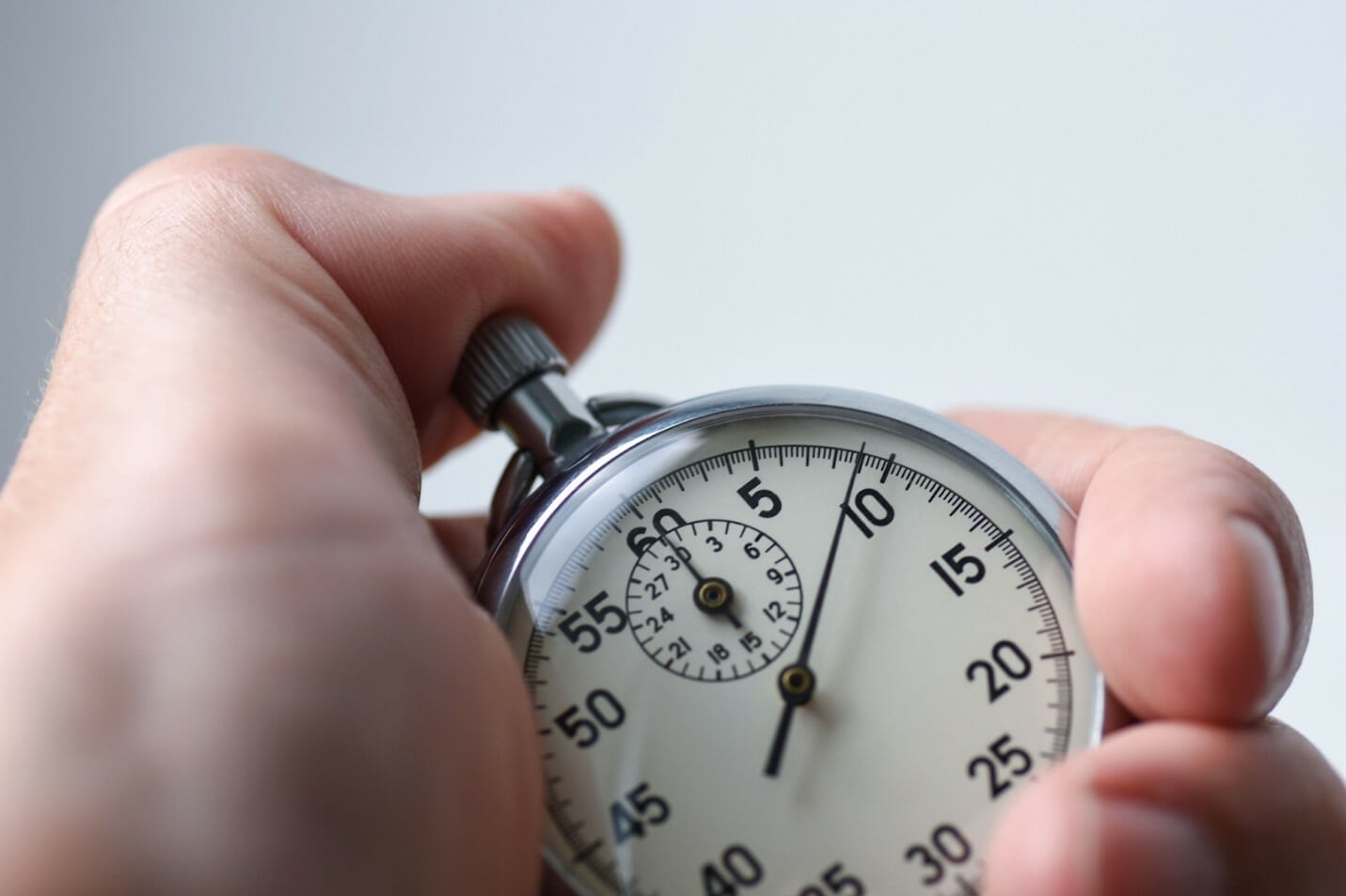
Try making it a race or setting a timer. You can turn anything into a competition or challenge and it becomes instantly more exciting.
Connect a cleaning habit with another one. For example, every time your kid brushes their teeth, they wipe off the counter or put away 5 bath toys.

Do you have items in your closet that still have the price tags attached? When you bring something new in, you need to take something old out. Whether it be your closet, car, or garage, the same rule applies.

Label storage areas clearly so kids know where to put their toys. The more you help them succeed with simple tasks like this, the less work you’ll have to do and the more accomplished they’ll feel.
When birthdays or holidays are coming up, encourage your kids to choose some items to give away before the big day to make space for new ones. (Or do this yourself if your kids are too young to understand.)
Give kids an incentive to complete their tasks. For example, if they declutter 25 items from their rooms, they can go on an outing with you, receive a certain amount of screen time, have a friend over, etc.

When kids see that you value decluttering, they will also learn to value it.
Don’t forget to make use of the resources available to you to give yourself a break. That’s why just about every parent is in Level 1 or Level 2 of the hoarding scale we reviewed earlier—at the very least.
Try hiring a babysitter or mother’s helper for a few hours.
If it’s financially possible, hiring a housekeeper or maid can remove some of the burden of cleaning off your shoulders.
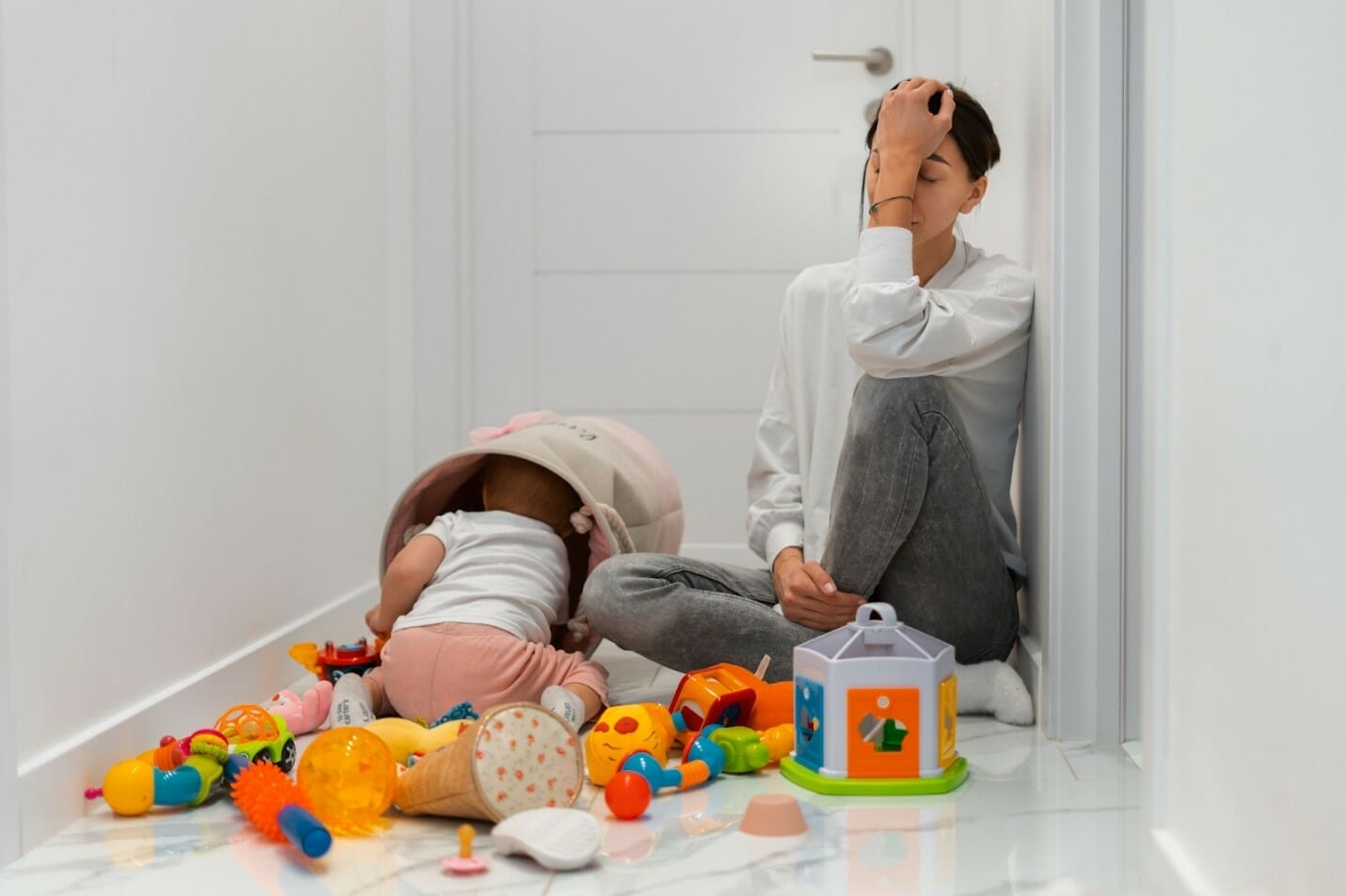
It’s probably not a season where you’ll have a pristine home all the time, but spending even a little time decluttering can help you feel more sane.